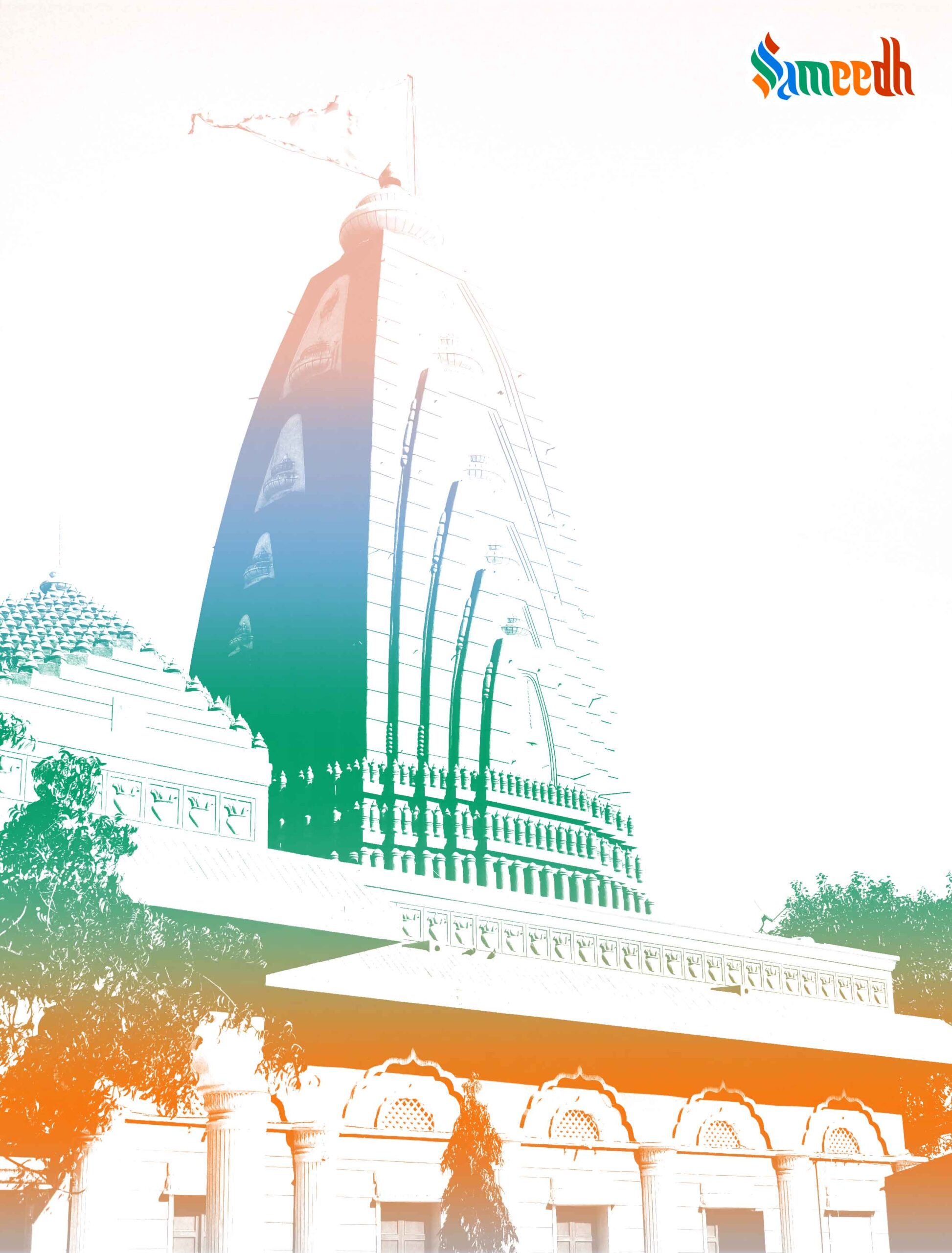The significance and relevance of the holy temple built for lord Shiv in Dwarka

Nageshwar Jyotirling Dwarka Gujarat; Image Source: Bkjit
LOCATION
The Jyotirling is a sacred Hindu temple located in the Indian state of Gujarat on the coast of Saurashtra region. This place of worship is dedicated to lord Shiv, the Hindu god of destruction. He is one of the three supreme gods of Hinduism, the trinity, along with lord Brahma, the god of creation and lord Vishnu, the god of preservation. The location is also recognised as the Darukavanam village, now falls under the Dwarka city of Gujarat. It is situated at the heart of a forest and the temple itself is sometimes recalled as Darukavana.
MYTHOLOGY
There are 12 such sacred Jyotirlings, shrines of Shiv spread across the Indian subcontinent, each built as a powerhouse for defeating evil and negative forces.
There lies a mythical story around the existence of Jyotirlings. The belief is such that both Brahma, creator of life and Vishnu, the almighty sustaining life, quarrelled as to who is the greater and the stronger. To get an objective and unbiased answer, Lord Shiv pierced all three worlds; heaven up in the sky, planet Earth and the hell beneath Earth, through a beam of light which extended both ways endlessly. Shiv asked both of them to search for the edges of this beam of light with their powers and strength. Both the creator and the preserver gave it a try but in vain, such was the superiority and grandness of Shiv’s powers. The prime 12 Jyotirlings across the Hindu land are nothing but the physical, concrete manifestations of the pillar of light. The holy shrines of these temples signify the similar vastness of powers, trust and belief.
These temples exhibit resemblance through a similar lingam statue and tall pillars.
SIGNIFICANCE
There are two legends behind the creation of the Nageshwar Jyotirling, which makes the temple a crucial place of worship and offering devotion towards the lord.
The place Darukavana was actually named after an asura or demon couple, Daruka and Daruki. Daruka used to torment and harass people, even though his wife was a firm follower of Shiv’s wife goddesses Parvati. One day when Daruka abducted one of Shiv’s devout followers Supriya, Shiv was invoked by religious chants and pleas of help. He then took the form of a lingam, symbolic statue of Shiv, and protected the common people by defeating the asura.
Another tale involves dwarfs of Darukavanam known as Balakhilyas, who were ardent followers of Shiv. To put their devotion to test and check the magnitude of their respect, Shiv appeared in front of them fully naked as a hermit with only serpents wrapped around his body. The wives of dwarfs got attracted to this and left their better halves. This enraged the Balakhilyas and they cursed the god himself, making his lingam tremble the earth by falling on it. Shiv then takes his original form and comforts the sages but the statue remains at the temple itself as an energetic pillar of worship.
ARCHITECTURE AND INTERIOR
A huge, well crafted 25 metres tall statue of Shiv is placed inside the temple. This is surrounded by a lush garden and a pond, elevating the beauty of the very divine structure of power.
THE PLACE DURING DIFFERENT PERIODS OF TIME
The time to worship, offer prayers and darshan is between 6:00 AM to 9:00 PM. During the mornings it is usually just the prayers and daily rituals. As the sun sets, the rituals revolve around shringar or beautification and decoration. The arti that is offered to the lord takes place at the sunset and before closing the temple at night for devotees.
There are various other temples too which were built as a representation of Shiv’s strength of the devotion followers have towards him. Omkareshwar, Mahakaleshwar are few of the prime essence.
